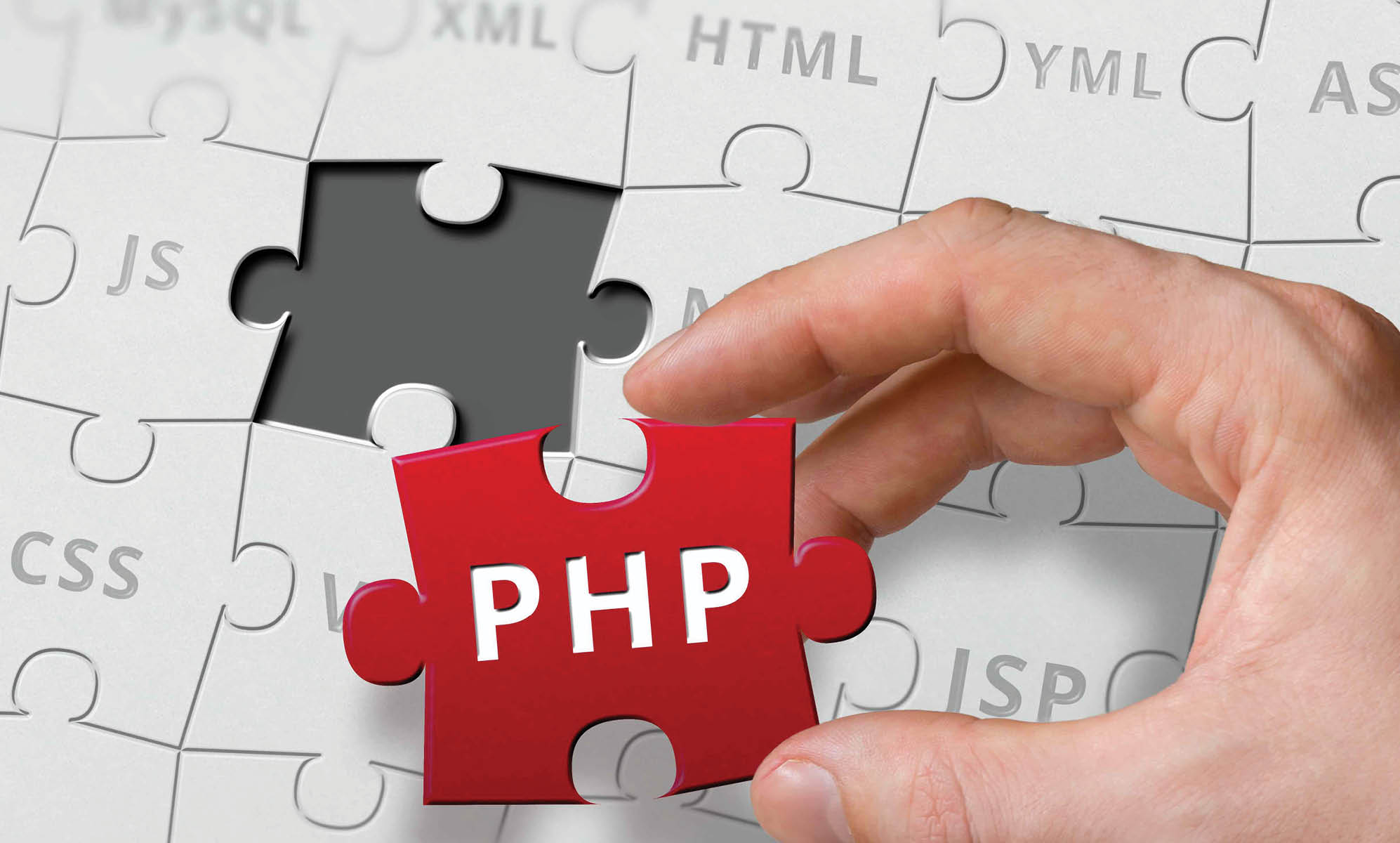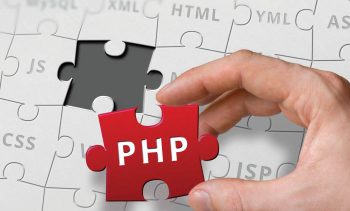
PHP is a server side scripting language that is embedded in HTML. It is used to manage dynamic content, databases, session tracking, and even build entire e-commerce sites. This article gives an introduction for newbies and wannabe PHP users.
PHP (Hypertext Preprocessor) is the most widely-used open source scripting language. It is particularly suited for Web development and can be entrenched into HTML. Its syntax is borrowed from C, Java and Perl languages. In 1994, Rasmus Lerdorf released the primary version of PHP. This language manages active content, databases and can even be used to construct a complete e-commerce site. PHP supports various known databases like MySQL, Oracle, PostgreSQL and MS SQL Server.
PHP is very fast in its implementation, particularly when organised as an Apache component on the UNIX side. Also, once the MySQL server is on the go, it implements even the most complex queries with big result data sets in record-setting times. It is the language that supports a huge number of chief protocols like IMAP and LDAP. PHP incorporates a C language-like syntax.
General uses of PHP
- It performs functions of the system. For example, it can produce, unlock, examine, write and close files on a system.
- It can handle various forms—it can collect data from files and save it to a file via email.
- The user can insert, remove and alter elements within the database through PHP.
- It has the right to use cookies variables and set cookies.
- PHP can limit users to accessing only a few pages of your website.
- PHP can encrypt data.
Characteristics of PHP
The most important characteristics of PHP are:
- Effortlessness
- Effectiveness
- Safety
- Suppleness
- Awareness
How PHP can be used
Let’s begin with a simple PHP script. Project 1! is a vital example, so let’s first make a welcoming Project 1! script. PHP is entrenched in HTML, which means that HTML includes PHP statements such as:
<html> <head> <title> My First PHP Page </title> </head> <body> <?php echo “Project 1!”;?> </body> </html>
Now, the result will be: Project 1!
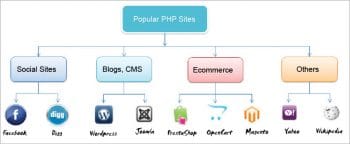
What are PHP namespaces?
A namespace can simply be defined along with the namespace keyword and a name. Also, it needs to be declared prior to any other code along with the exemption of infrequently used declare statements. Thus, once a namespace has been defined, its scope applies to the whole file.
For example:
<?php Namespace Mynamespace; //....
It may also be defined alternatively just by covering its contents with brackets. Also, there is no code allowed outside the brackets apart from the formerly mentioned declare statement.
For example:
<?php
Namespace Mynamespace {
//....
}
The two methods discussed above cannot be combined, so the user should stick to any one of these methods, at a particular time.
Now let’s get to know something about nested namespaces as well. These are defined by adding a backslash to separate each level.
For example:
<?php Namespace Myassignment\blog\admin;
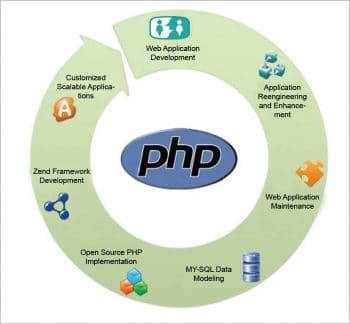
Nested namespaces can be easily defined in this way. Likewise, there are many other forms for namespaces like defining multiple namespaces, global namespaces, and a lot more.
Global namespaces
Global namespaces are great for simplifying storage organisation in environments that have abundant material file systems. These give a consolidated outlook into numerous network file systems, common Internet file systems, network-attached storage systems or file servers located in different physical locations. They are mainly helpful in dispersed implementations along with formless data. They also support environments that are rising rapidly, so that data can be easily accessed without the need to know where it physically resides. Users should keep in mind that without a global namespace, multiple file systems would require to be handled individually.
Sub-namespaces
Namespaces can pursue a definite chain of command, like the directories in the file system on your desktop. Sub-namespaces are tremendously helpful for maintaining the arrangement of a project. For example, if your project needs database entrée, then you may need to put all the database-related secret code, like a database exemption and link manager, in a sub-namespace known as a database. Also, to uphold the suppleness, it is prudent to save sub-namespaces in sub-directories. This will allow you to structure your plan and will make it much easier to employ autoloaders that satisfy the PSR-0 criterion.
Calling code from a namespace
If the user needs to instantiate a new objective, then you need to either call a function or use a constant from a diverse namespace, along with using the backslash notation. This can be determined from the three dissimilar categories listed here.
1. Unqualified name: This is basically the name of a class, function or a constant, devoid of counting a reference to any namespace. Also, if the user is new to namespacing, then this is the basic category you need to work from.
For example:
<?php
Namespace My_assignment;
Class Myclass {
Static function staticMethod()
{
Echo ‘Hi, Everyone!’;
}
}
Myclass:staticMethod();
2. Qualified name: This is the case in which we know how to access the sub-namespace chain of command along with using the backslash notation.
For example:
<?php Namespace My_assignment; Require ‘my_assignment/database/connection.php’; $connection = new database\connection();
3. Fully qualified name: The above discussion on unqualified and qualified names is based on the namespace you are presently in. Also, these two categories can only be used to access definitions at that particular stage or to jump deeper into the namespace chain of command. But, if you need to access a function, a class or a constant that is residing at a superior stage in the chain of commands, then you need to employ the fully qualified name, which is the complete path. Your call needs to be made with a backslash notation. With this, PHP gets to know that this particular call should be determined from the global space as a replacement for approaching it moderately.
For example:
<?php Namespace My_assignment\database; Require ‘My_assignment/fileaccess/input.php; $input = new\My_assignment\Fileaccess\Input();
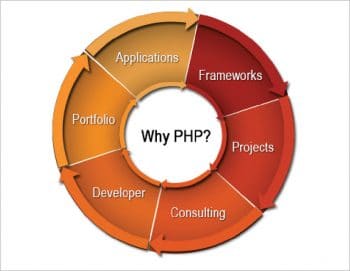
Dynamic calls
PHP is a dynamic encoding language, so this functionality can be used for calling namespaced code. It is actually the same as instantiating variable classes or counting variable files. Also, never forget to remove the backslash at the time of storing a namespace name in a string.
Namespace keyword
A namespace keyword is not only the one that is used to describe a namespace, but it can also be used to explicitly determine the current namespace.
Namespace constant
As this keyword does not determine the current class name, hence the namespace keyword cannot be used to determine the current namespace. This is why we use the namespace constant.
Aliasing/importing
In PHP, namespacing supports importing. This is basically referred to as aliasing or importing, which can only be done on classes, interfaces and namespaces. Importing, which is the most useful feature of namespacing, allows the easy use of external code packages such as libraries without the worry of contradictory names. Importing is thus attained by the use of a keyword.
PHP is the perfect choice for you because of the following reasons.
1. Quick loading time: It has the fastest speed in loading a site. This is because it runs in its own memory space.
2. Low cost software: Since PHP is an open source language, most of the tools connected with the code don’t need to be paid for.
3. Low cost hosting: PHP can easily be executed on a Linux server, which is simply available via a hosting provider without any additional cost.
4. Flexibility of the database: Database connectivity can be easily done in PHP.
These are some of the common reasons why PHP is considered the best programming language.




























































